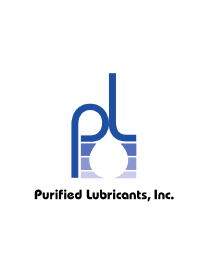There is no question that an effective oil analysis program lowers maintenance costs on rotating equipment. The trick is knowing how to run an effective oil analysis program. Organizations must be proactive so the solution to an oil-related problem is not always an oil change. The real benefit of oil analysis is using the data to steer you toward solutions to eliminate lubricant issues. This article will describe the best practices for using oil analysis to monitor your lubrication management program.




